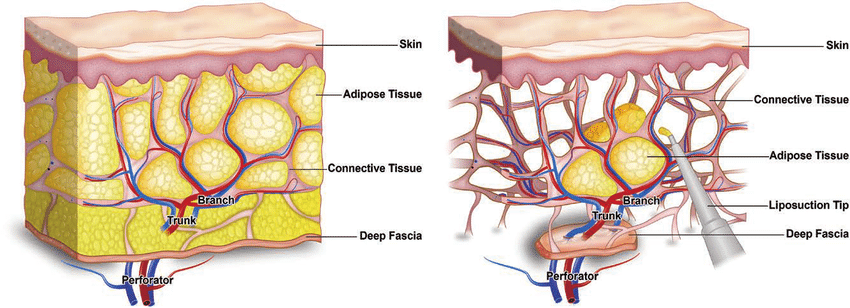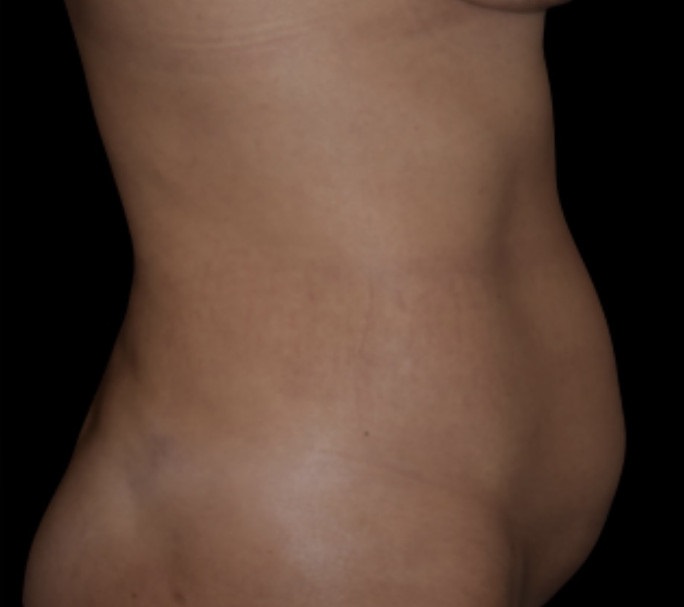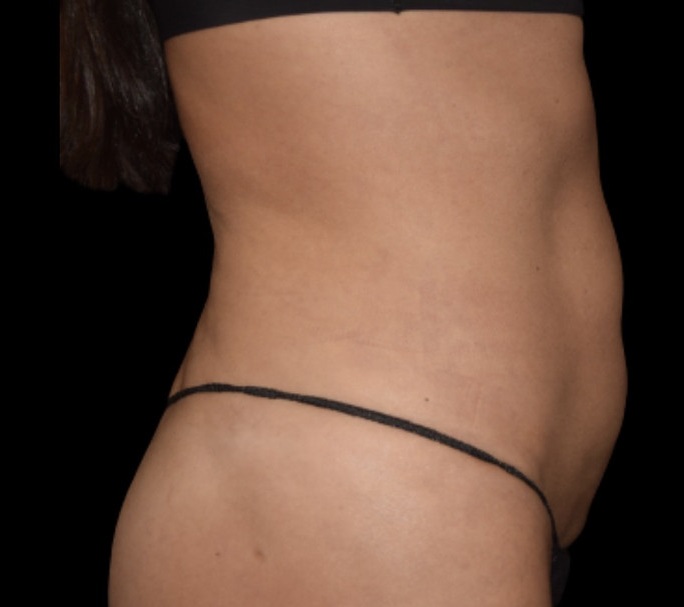Sculpt Your Waistline and Abdomen with Expert Liposuction in NYC
Reduce stubborn fat safely and effectively with Dr. Rapaport’s precision and time-tested liposuction techniques
If you’ve been struggling with stubborn abdominal and waist fat, come to Dr. David Rapaport for expert liposuction. This procedure provides NYC patients with precise and safe midsection sculpting and love handle reduction, restoring a more in-shape appearance under either local anesthesia or IV twilight anesthesia.
To schedule your consultation with Dr. Rapaport, contact us at (212) 249-9955 or online using our contact form. Our NYC surgical facility is located at 905 5th Ave., at the corner of 72nd St. In addition, we see patients at our flagship location, Aethos, at 50 E 61st.
View before-and-after abdominal and waist liposuction photos here.
Abdominal & Waist Liposuction Overview
During abdominal and waist liposuction in NYC, Dr. Rapaport removes excess fatty tissue from the abdomen and waist to create precisely sculpted, natural-looking contours.
Dr. David Rapaport, a board-certified plastic surgeon based in New York City, has performed abdomen and waist liposuction for over 30 years. Patients trust him for his personalized approach, surgical precision, and consistently natural body-contouring results.
“While the abdomen is one of the most common areas for liposuction—often combined with the waist and thighs—the abdomen is also one of the most challenging areas to perfect,” says Dr. Rapaport.
“What makes the abdomen so difficult is that any laxity becomes very noticeable, especially under bright light, such as when wearing a bikini. One must be acutely aware of what I call impending laxity—the looseness that results when too much fat is removed.”
Dr. Rapaport often compares the abdomen to a pillow: when too much stuffing is taken out, the fabric can appear wrinkled. Similarly, the abdominal skin may appear loose, particularly in patients over 30 or those who have had children.
Because of this, Dr. Rapaport emphasizes a holistic approach to abdominal liposuction—addressing not only fat removal but also the prevention and treatment of impending laxity in both the deep tissues and the skin.
Treating Deep Tissue Laxity with Renuvion
For deep tissue tightening, Dr. Rapaport uses Renuvion, an advanced platform that delivers heat energy via radiofrequency-ignited helium plasma. After fat removal, the remaining tissue has a honeycomb-like structure. The Renuvion handpiece releases short bursts of controlled heat that stimulate collagen production over the following six weeks, helping to contract and strengthen the underlying tissues.

Figure 1: Show the “honeycomb” of connective tissue wrapped around the subcutaneous vascular plexus.
Addressing Skin Laxity with Sofwave
To address skin laxity on the surface, Dr. Rapaport uses Sofwave, a non-invasive ultrasound treatment that thickens and tightens the skin by delivering controlled heat 1.5 mm beneath the surface. Collagen remodeling begins about one month after treatment and continues to improve over the next three months, producing long-lasting firmness and smoother texture.
At Aethos, we don’t just assume our treatments work—we verify them. Using ultrasound imaging, we measure dermal thickness after Sofwave treatments to confirm collagen development. These scientific assessments help determine whether a second treatment is recommended.
(Dr. Rapaport previously preferred BodyTite for skin tightening but now favors Sofwave due to its safety, comfort, and proven results. [Click here to learn why.]).
Abdominal & Waist Liposuction Results
*Individual results may vary.
A Pioneer In Plastic Surgery
Why Choose Dr. Rapaport in NYC?
Dr. David Rapaport is a double-board-certified plastic surgeon with years of experience in abdominal liposuction. His patients call him the best liposuction surgeon in NYC, and he has numerous five-star reviews. Patients are highly satisfied with his personalized, safe, and natural-looking waist lipo results.
Thanks to Dr. Rapaport’s high level of skill, Castle Connolly has honored him as a Top Doctor since 2016. New York magazine has also recognized him as a Top NYC Plastic Surgeon.
Dr. Rapaport’s liposuction procedures have never resulted in serious complications of any kind. This is due to his years of specialized training and deep knowledge of anatomy.
He performs abdominal and waist liposuction at our fully accredited surgical suite in Manhattan. This suite is located near several upscale hotels, including The Lowell, Affinia Gardens, and The Surrey Hotel.
Learn More About Abdominal & Waist Liposuction
Ready to Transform Your Abdomen and Waist?
Take the first step towards a trimmer midsection—contact the office of Dr. David Rapaport for your personalized abdominal and waist liposuction consultation. Schedule your consultation today by filling out our contact form or calling (212) 249-9955. Our NYC office is near Brasserie Cognac, SummerStage in Central Park, and The Frick Collection art museum.


